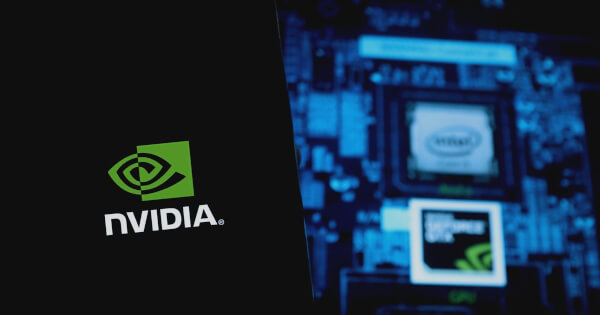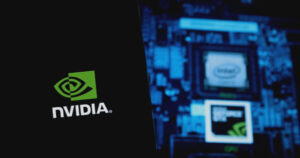Unraveling RNA: How Stanford’s Das Lab is Revolutionizing RNA Folding Research with NVIDIA DGX Cloud
By Felix Pinkston
April 11, 2025
At the intersection of cutting-edge technology and groundbreaking scientific research lies Stanford University’s Das Lab, a pioneering force in RNA folding studies. With the help of NVIDIA’s state-of-the-art DGX Cloud, the lab is rewriting the rules of RNA research, leveraging community engagement to develop highly accurate models that could redefine our understanding of biological systems.

A Quantum Leap in Computational Power
Empowered by the NAIRR Pilot program, the Das Lab has access to an impressive array of 32 NVIDIA A100 DGX Cloud nodes, each outfitted with eight GPUs. This substantial computational muscle isn’t just a luxury; it’s a transformative resource that allows the team to shift from small-scale studies to large-scale, distributed training of RNA folding models. According to NVIDIA, this transition facilitates the training of expansive datasets and models, paving the way for new discoveries.
Harnessing Community Strength
Dr. Rhiju Das, who leads the lab, has a clear vision: to integrate the power of community-driven research with sophisticated computational techniques. The lab first engaged the public in 2020 during the Covid-19 pandemic by launching the OpenVaccine Kaggle competition. Building on this momentum, they continued their outreach with the Ribonanza competition in 2024, both designed to accelerate our understanding of RNA structures and their biological roles.
The challenge? The field suffers from a dearth of experimental RNA structure data. Enter Eterna—a crowdsourcing game that empowers users to design RNA sequences. The innovative twist? Once created, these sequences are synthesized in the lab for chemical mapping experiments that can infer the corresponding structures.
Innovative Approaches to RNA Research
The Das Lab employs several groundbreaking strategies to advance RNA research:
-
Crowdsourced Data Collection: The Eterna game draws innovative RNA sequence contributions from a diverse public pool, augmented by expert-curated databases to ensure both quality and variety.
-
Data Approximation Techniques: Through chemical mapping experiments, the lab generates reactivity profiles that help approximate and refine RNA structures, illuminating their functional significance.
- Community-Driven Model Design: Leveraging Kaggle competitions allows the lab to test different model architectures and training strategies while involving the global research community.
A notable innovation is a reinforcement learning model, trained to engage with Eterna, that expedites the generation of novel RNA sequences. The model utilized an astounding 4,000 A100 GPU hours on NVIDIA DGX Cloud, all governed by a Q-learning algorithm.
Achievements That Inspire
The Das Lab’s efforts culminated in the creation of the largest database dedicated to RNA structure training, leading to the development of RibonanzaNet2—a state-of-the-art model for RNA folding tasks trained on an impressive 256 A100 GPUs. What’s more, this model is now available for the community to use and refine.
On February 26, 2025, the lab took another bold step by launching the Stanford RNA 3D Folding Kaggle competition, complete with a $75,000 prize pool. This initiative aims to motivate participants to further refine RibonanzaNet2 for RNA structure prediction, tapping into valuable experimental RNA structures gathered during the contest.
Looking Ahead: Transforming Biological Sciences
The implications of the Das Lab’s research are profound. By enhancing RNA model accuracy, their work could dramatically reshape our understanding of disease mechanisms, leading to innovative treatments in medicine, advancements in agriculture, and breakthroughs in biotechnology.
As the Das Lab forges ahead, plans are in place to further expand datasets and models—utilizing even more powerful resources from NVIDIA DGX Cloud. This ongoing research not only exemplifies the transformative potential of combining community engagement with high-end technology but also paves the way for a brighter future in scientific research.
Stay tuned with Extreme Investor Network for the latest updates as we continue to follow the groundbreaking initiatives in RNA research and explore the vast potential of blockchain and cryptocurrency in supporting scientific advancements.
Join us on our journey to uncover the transformative impact of technology in research. Follow Extreme Investor Network for exclusive insights, expert analyses, and the latest trends in the intersection of science, crypto, and beyond.

